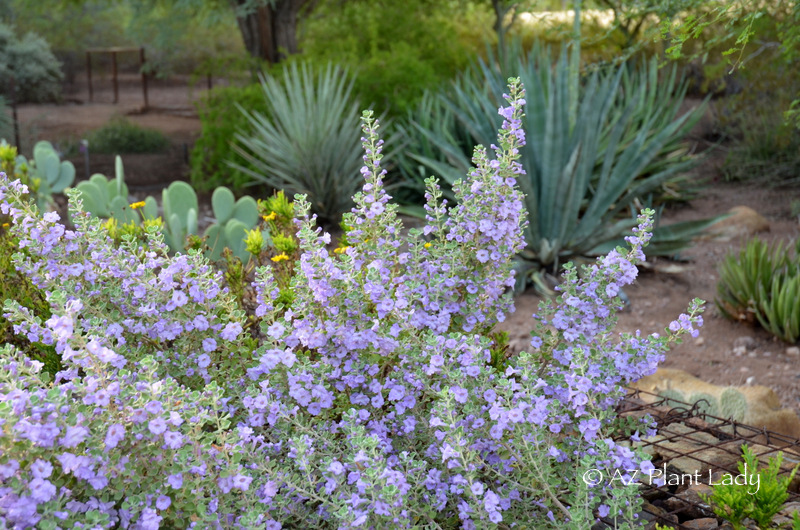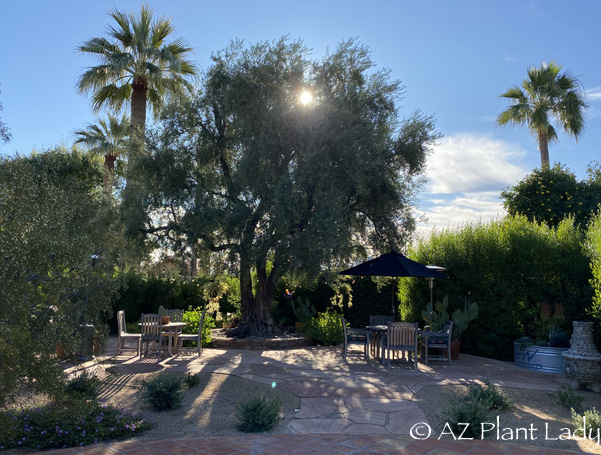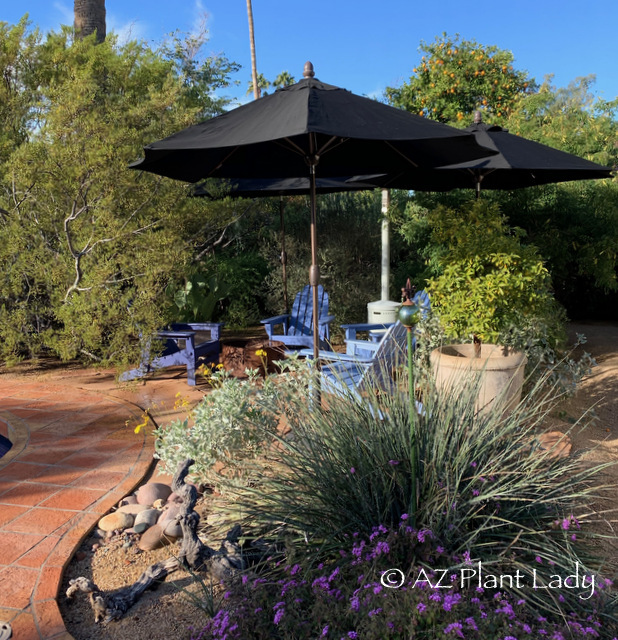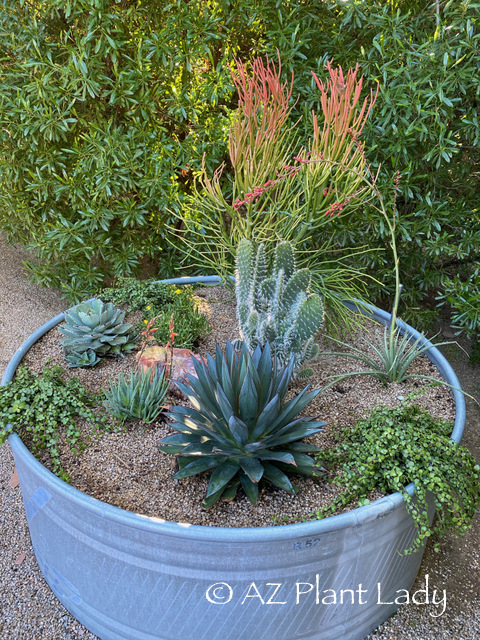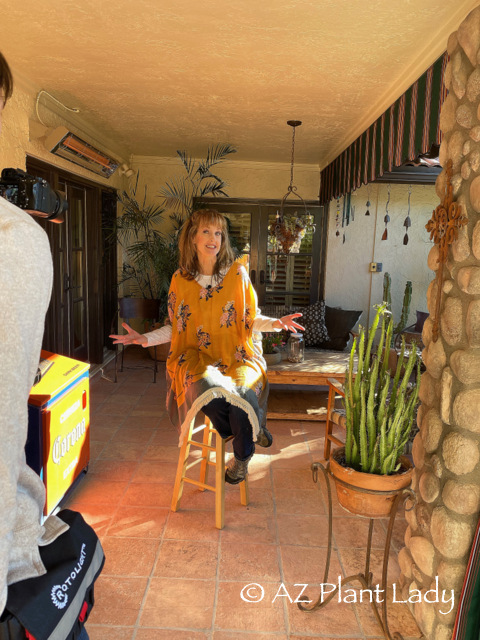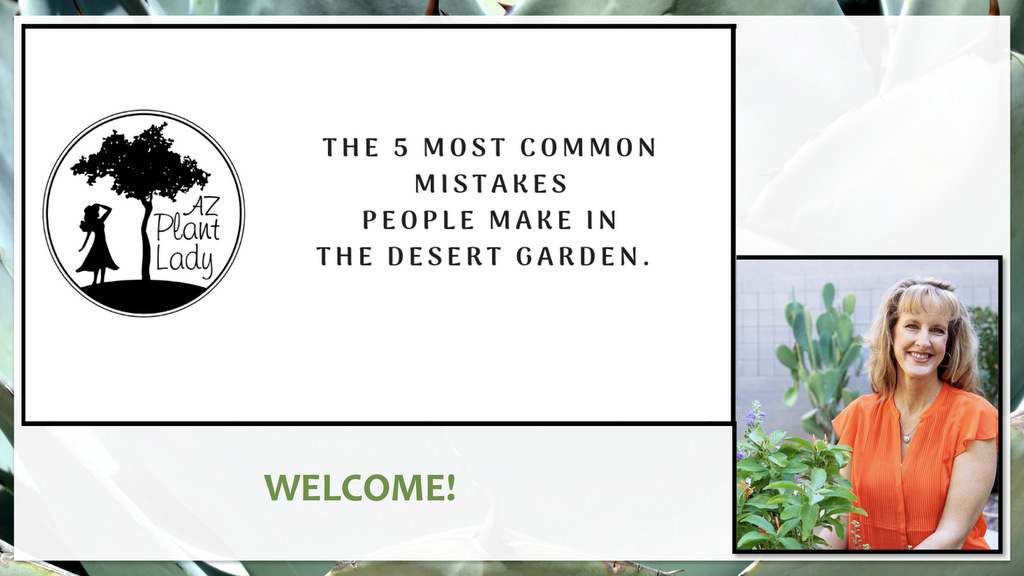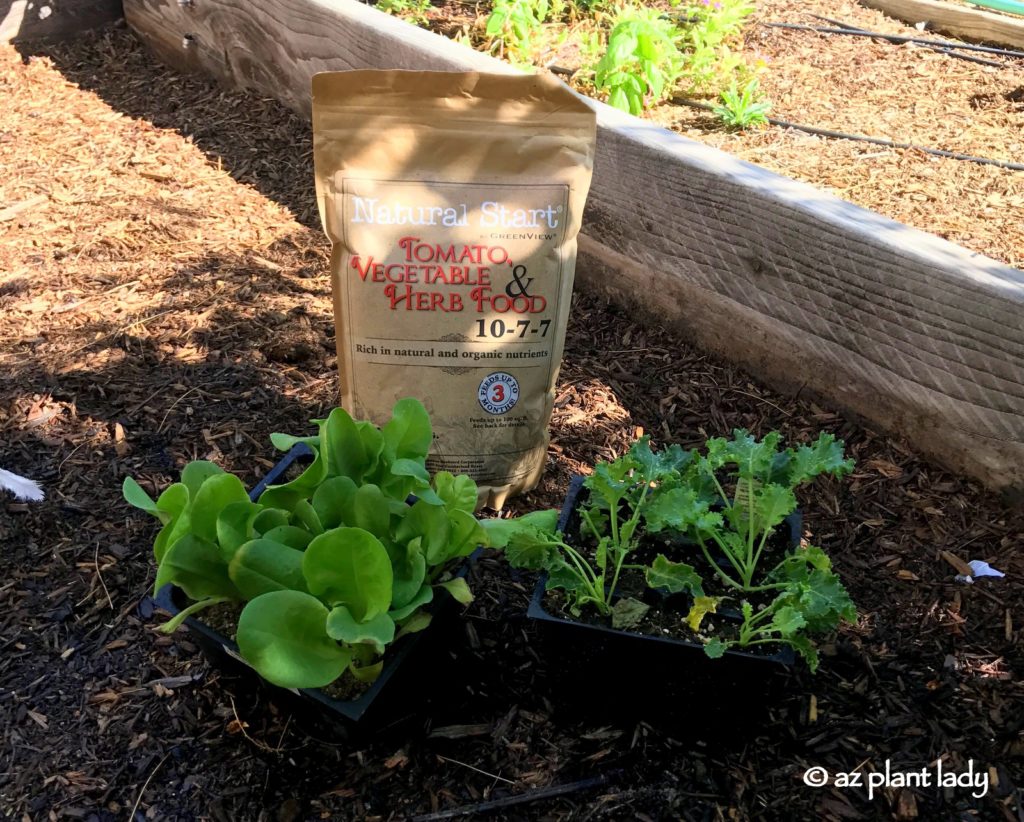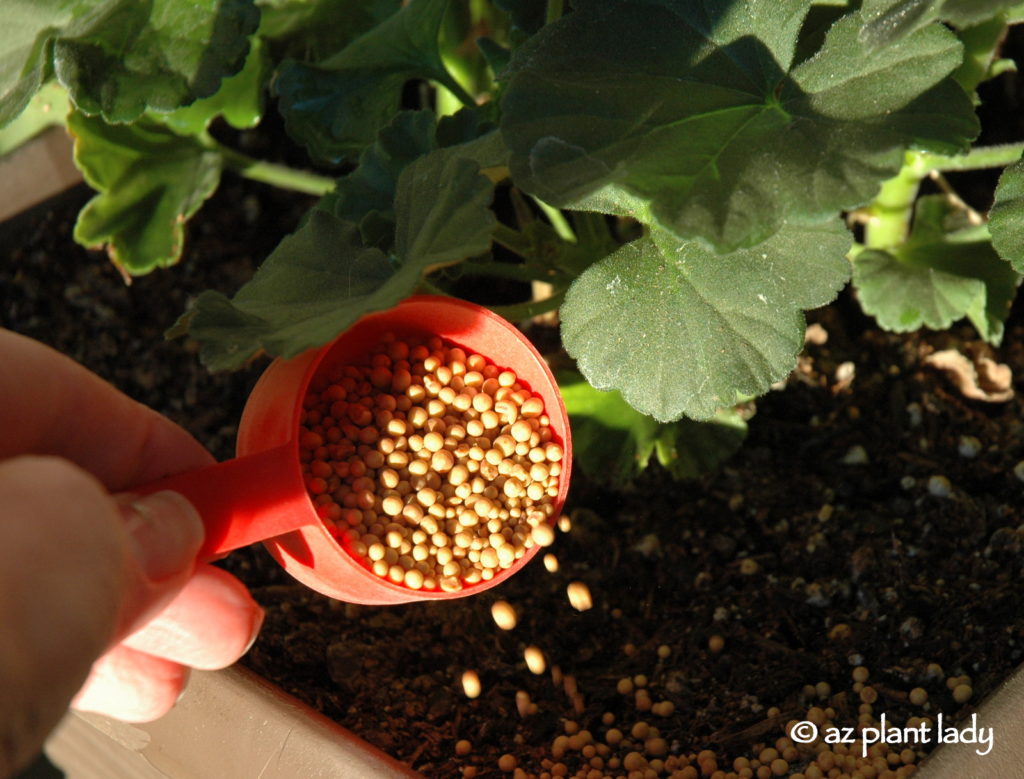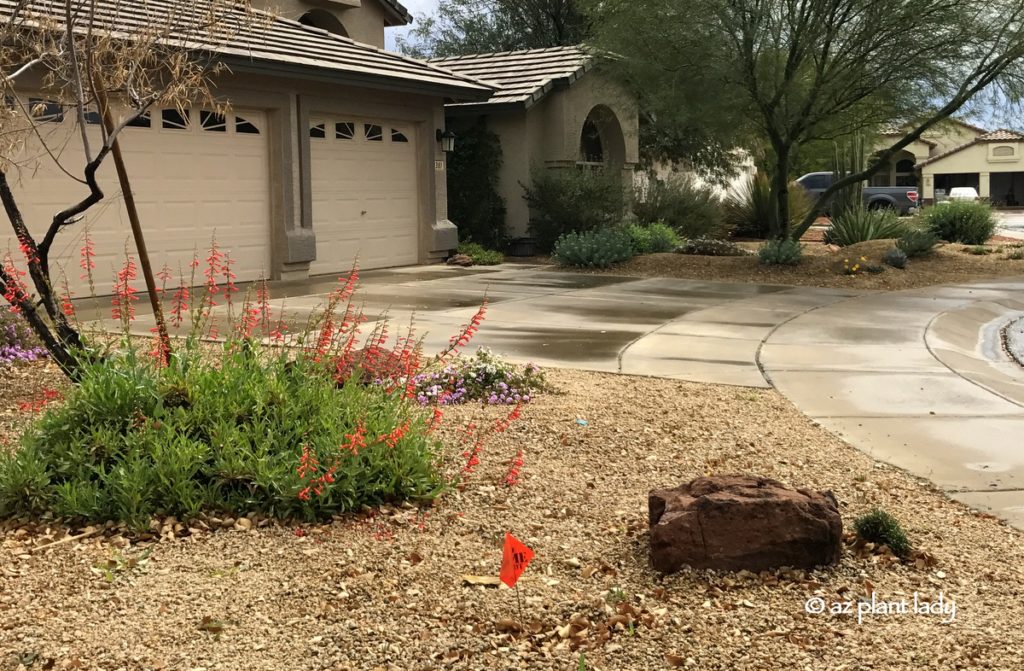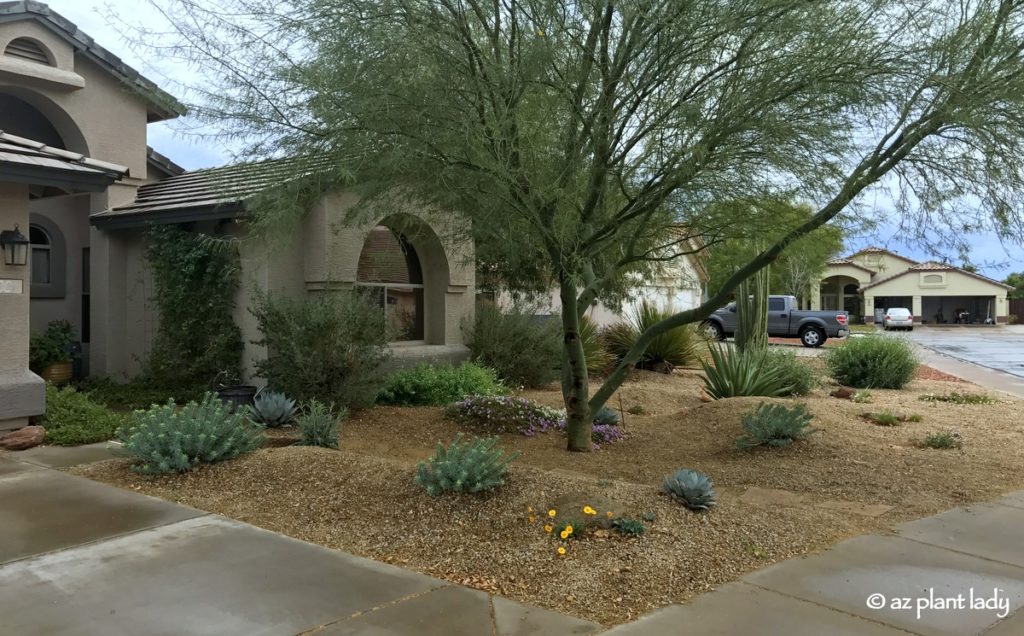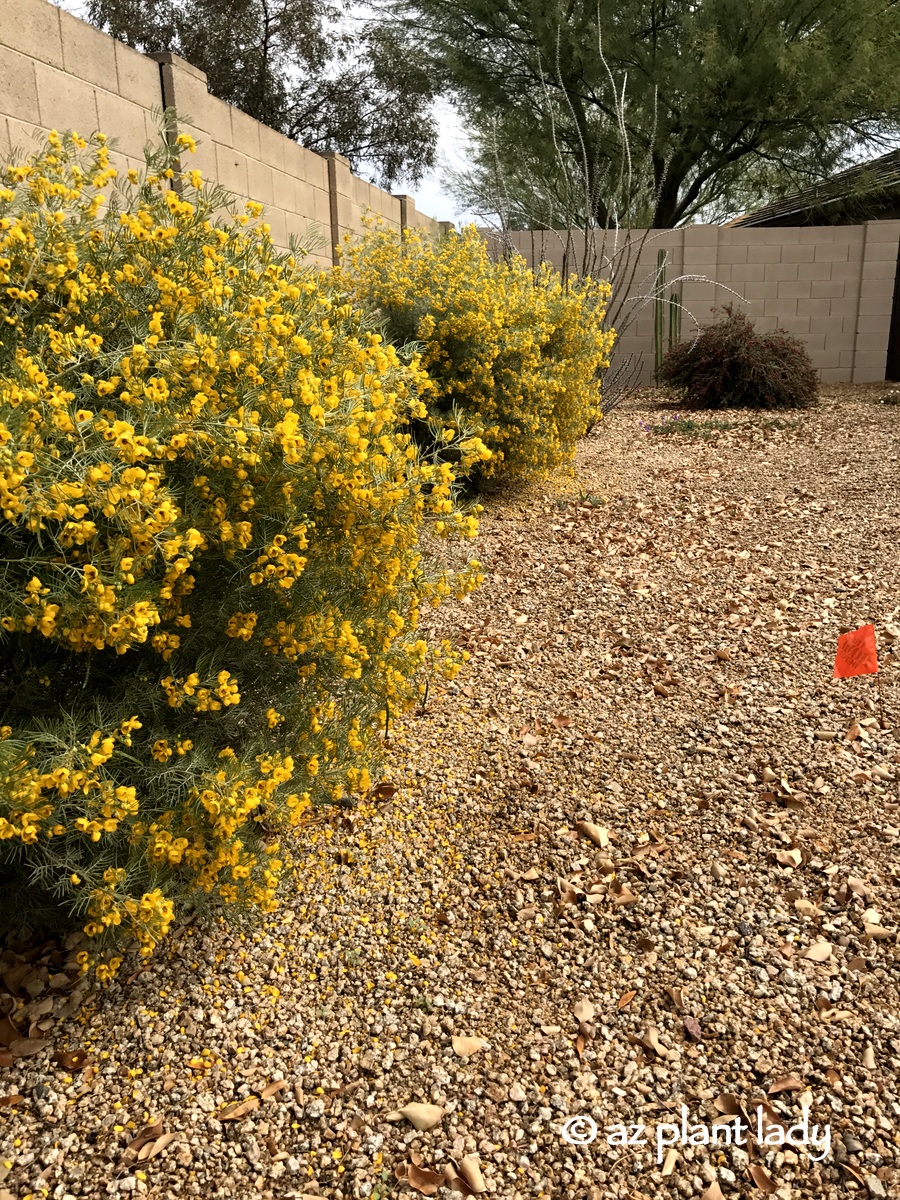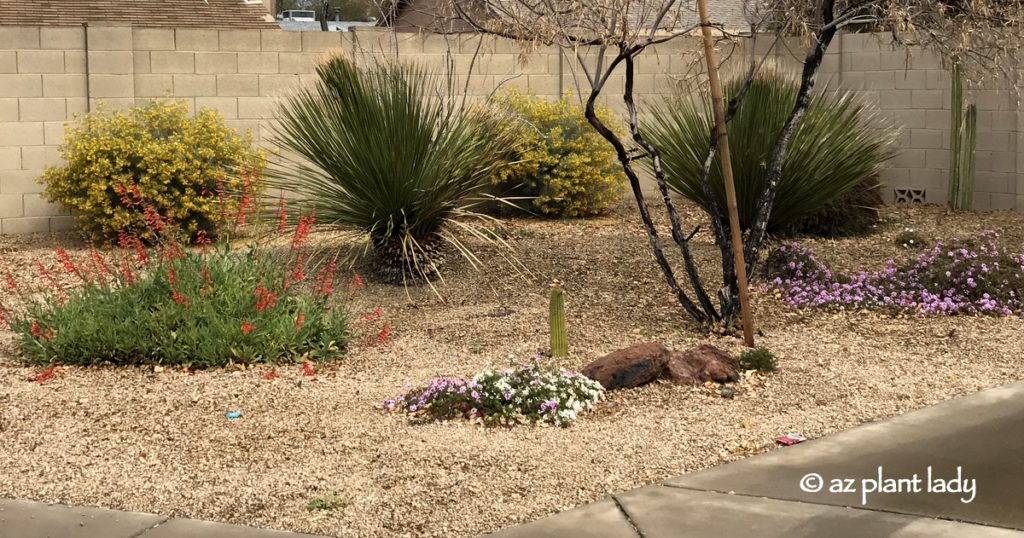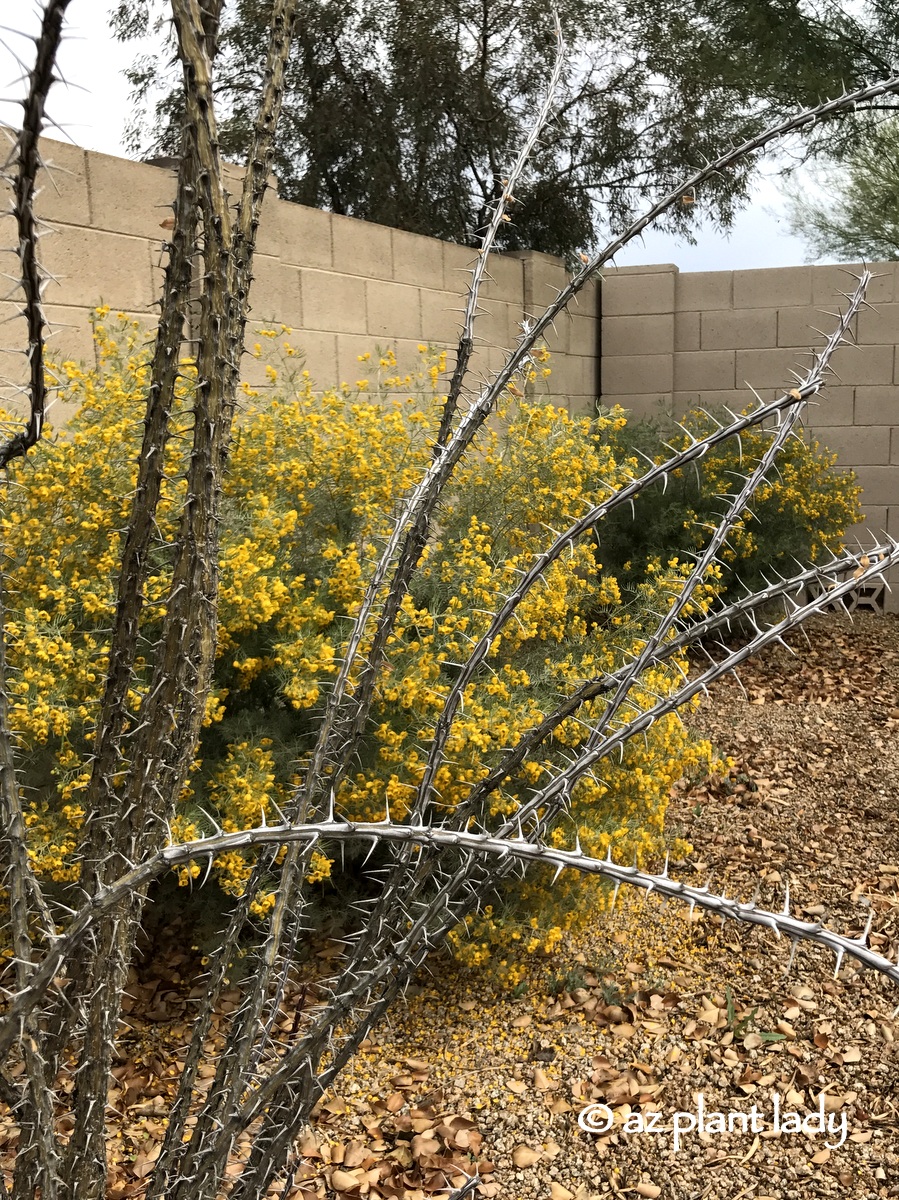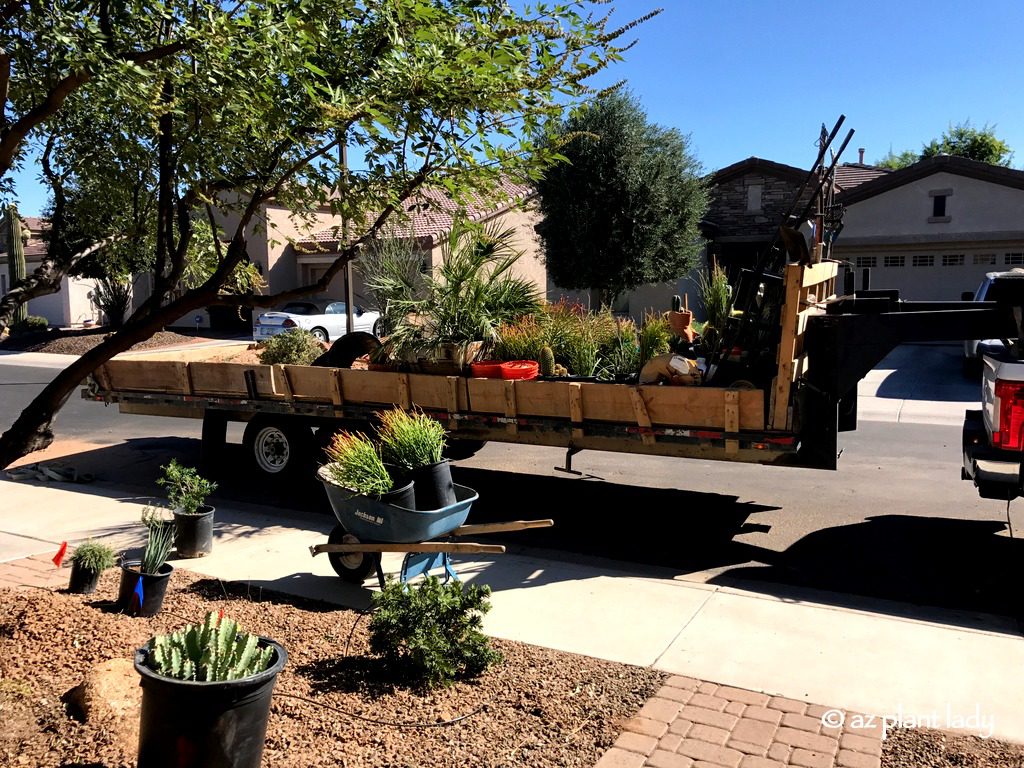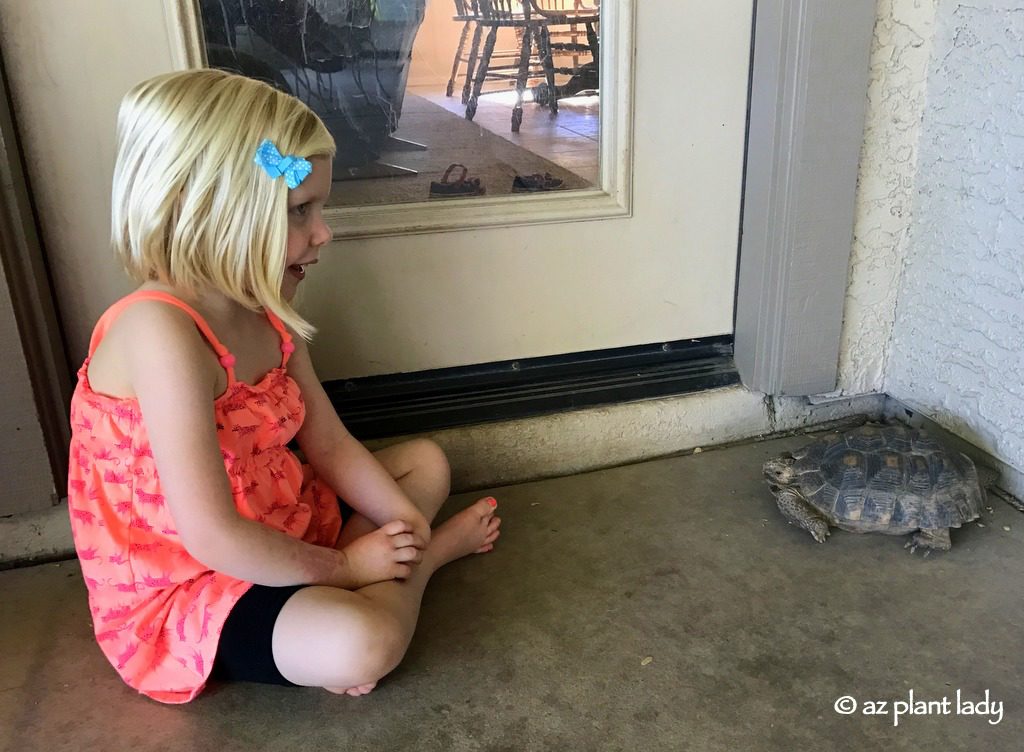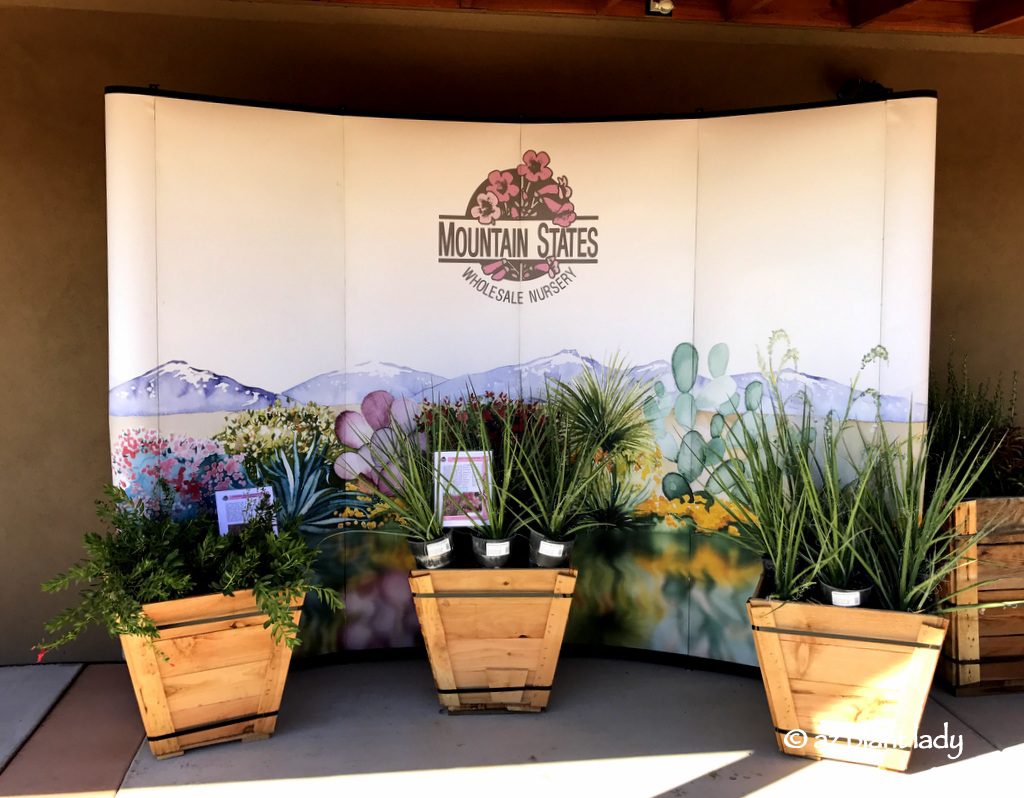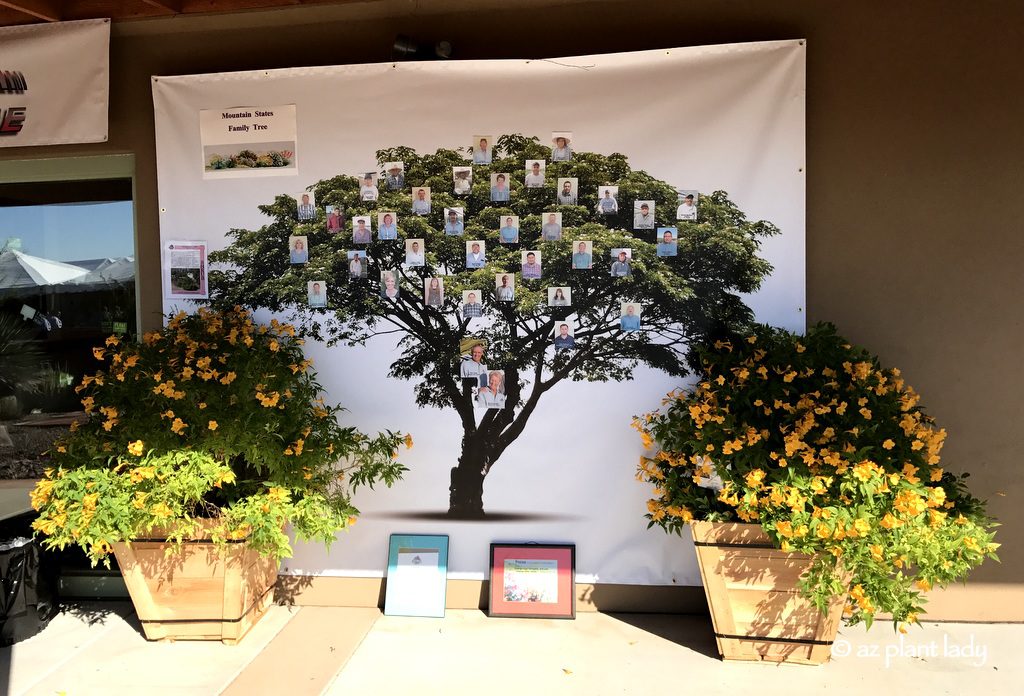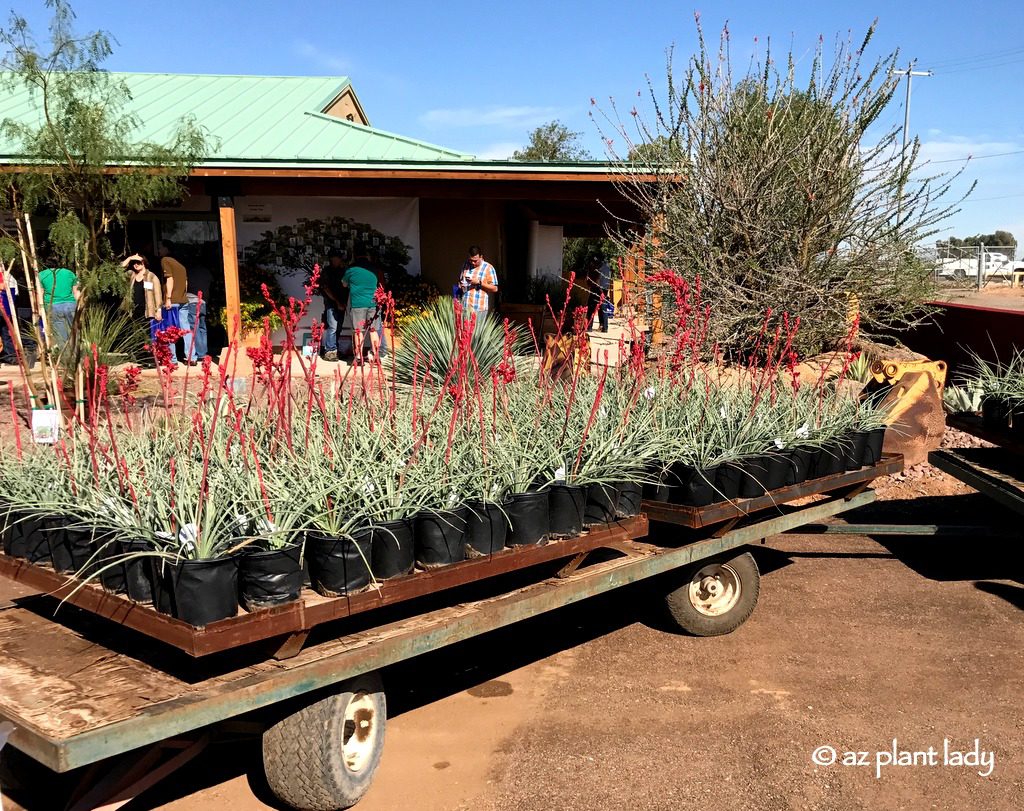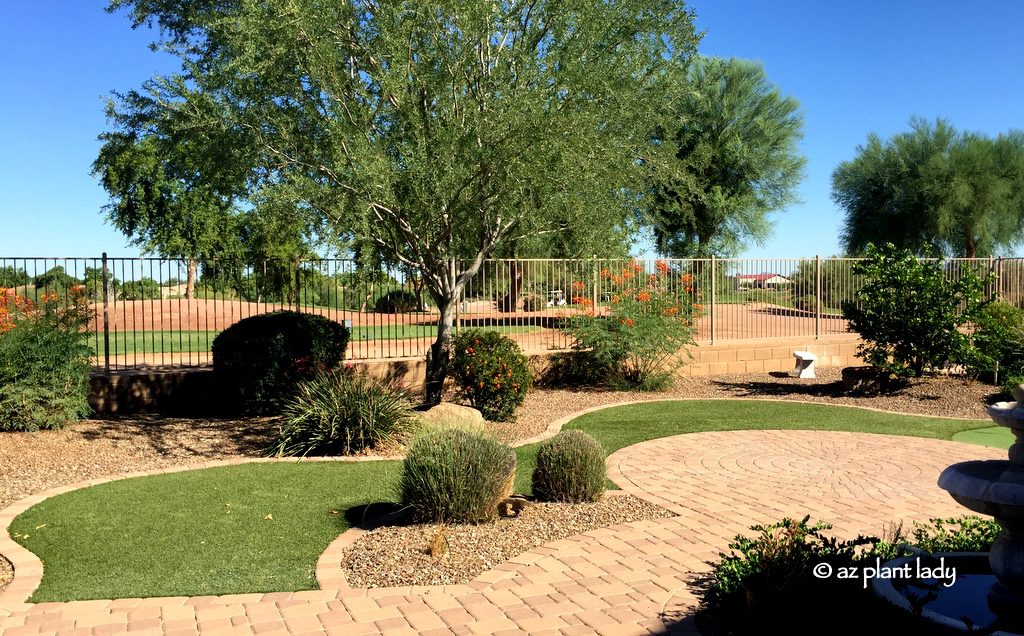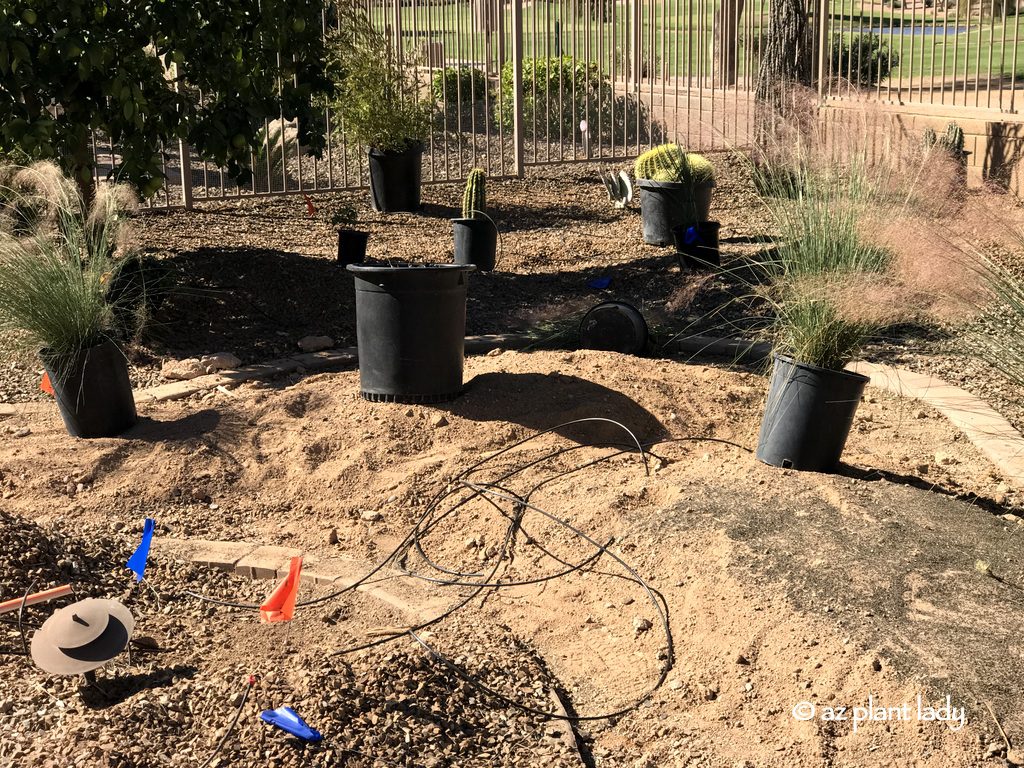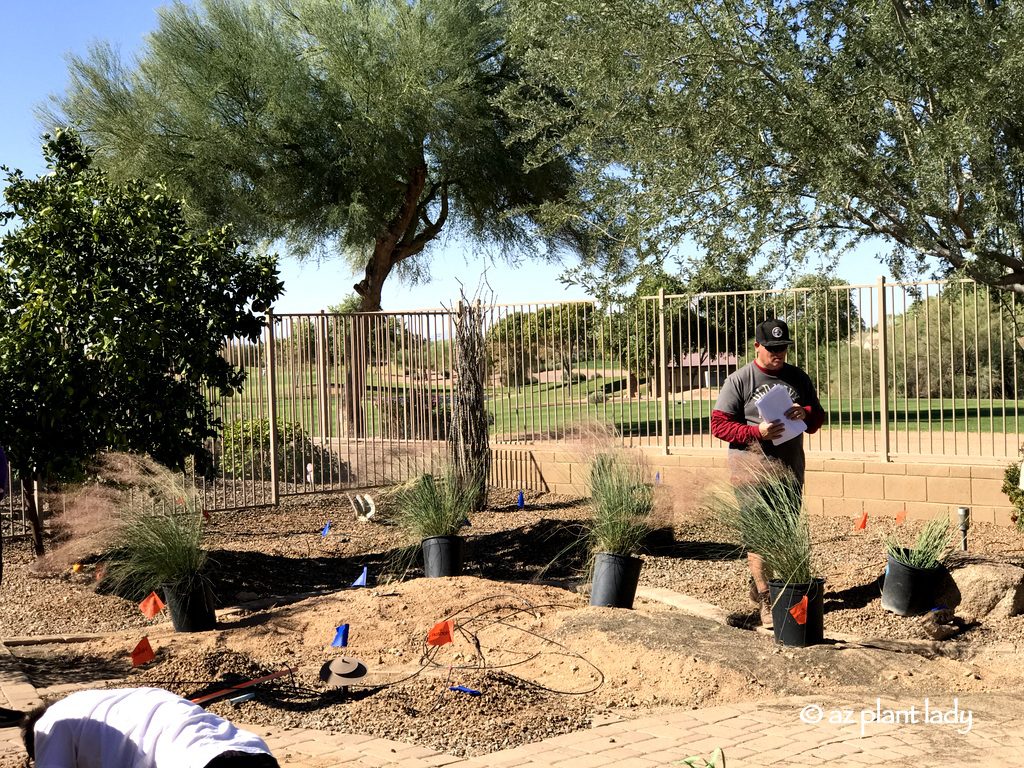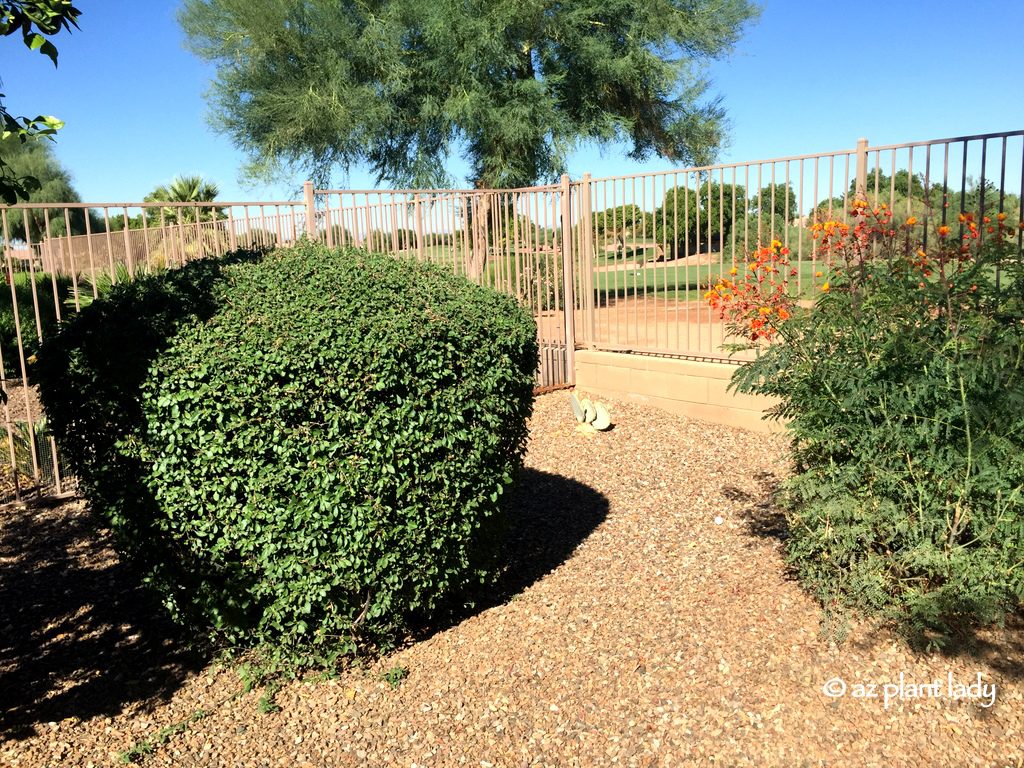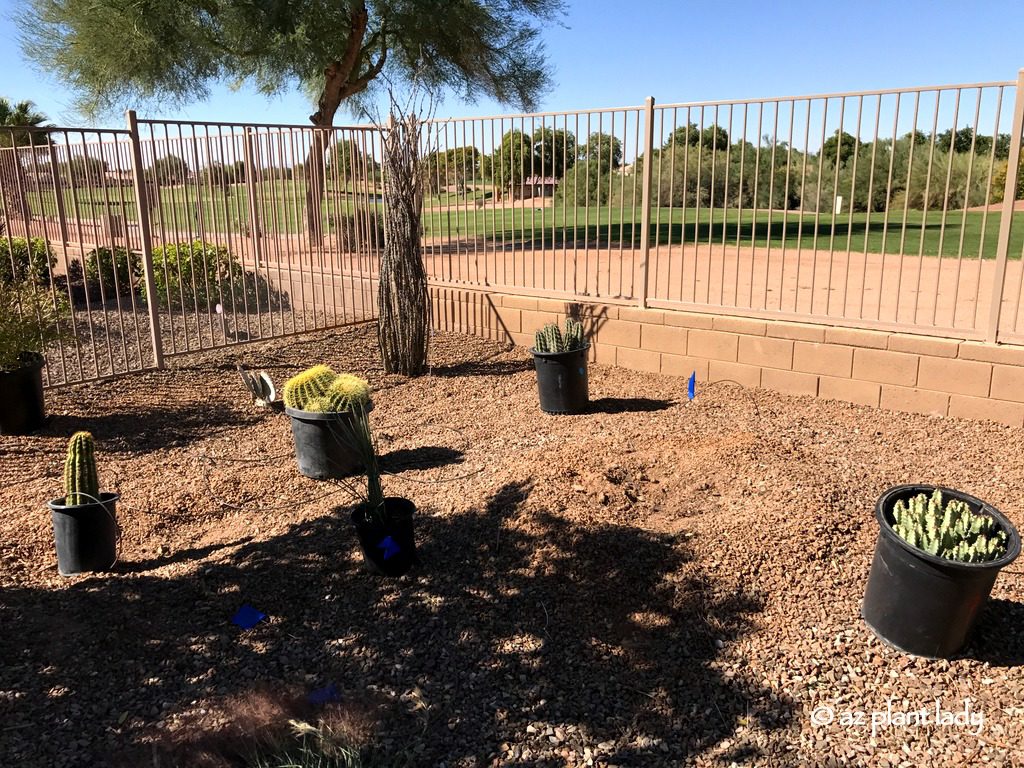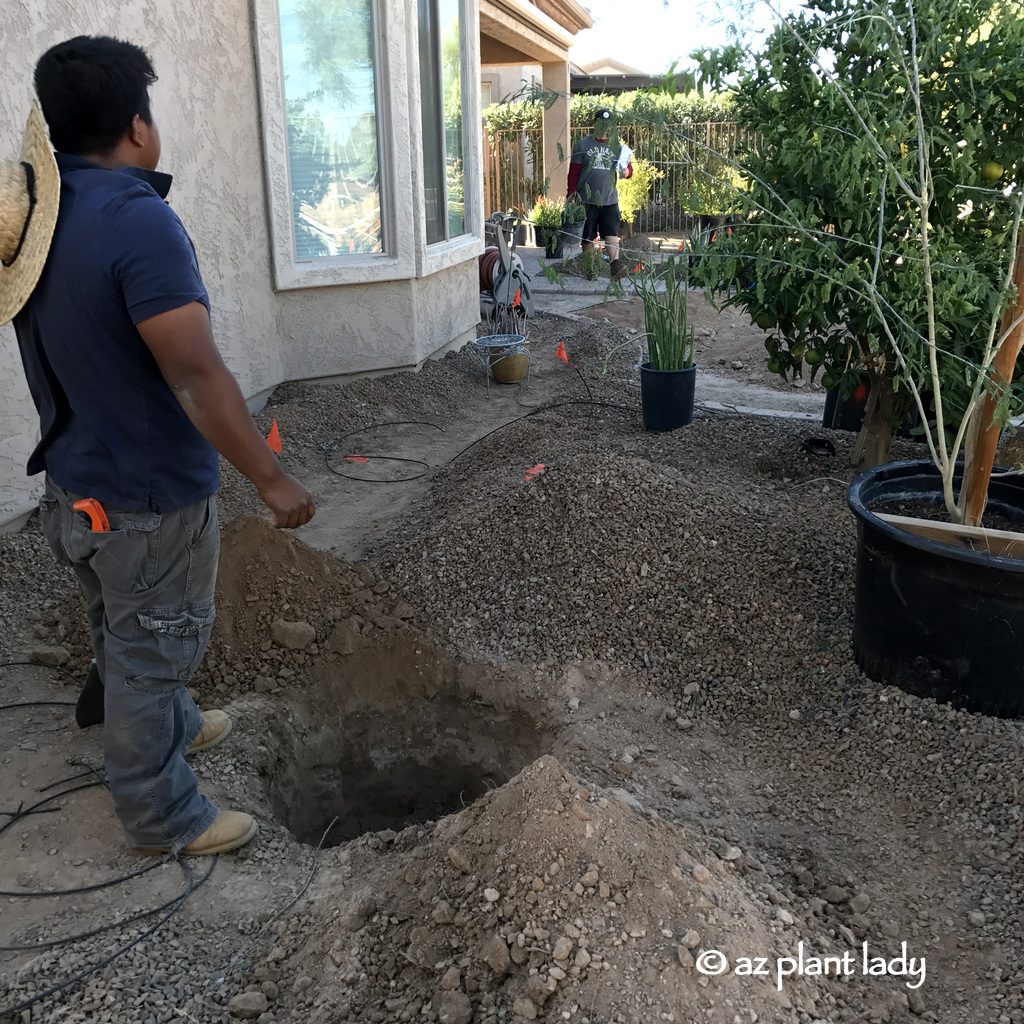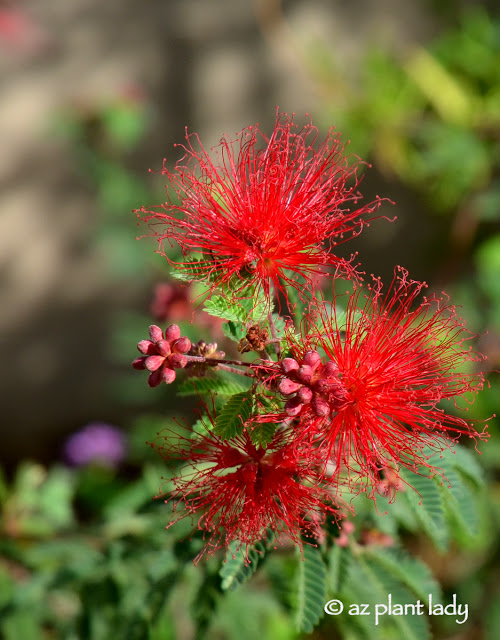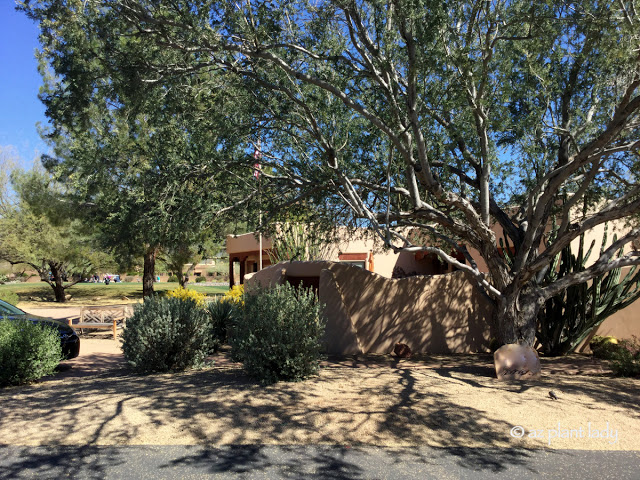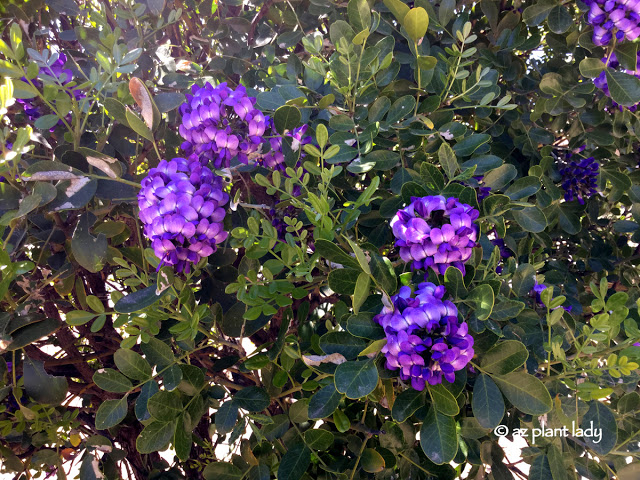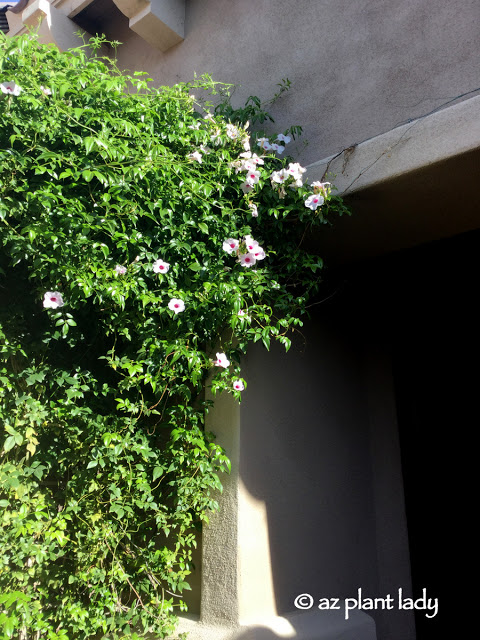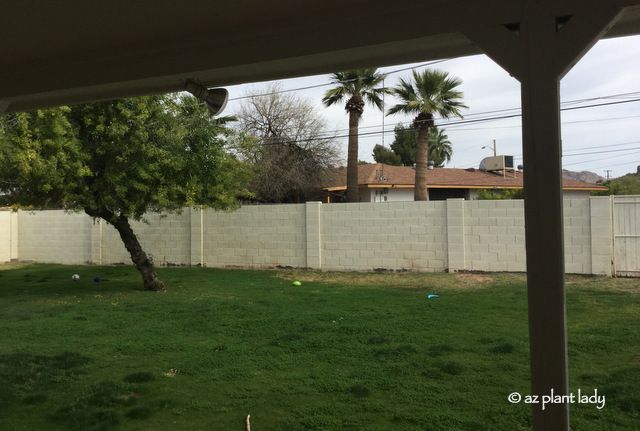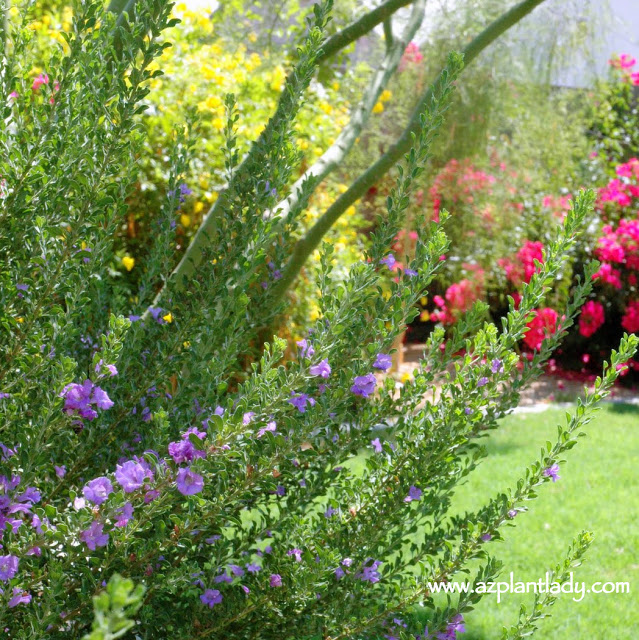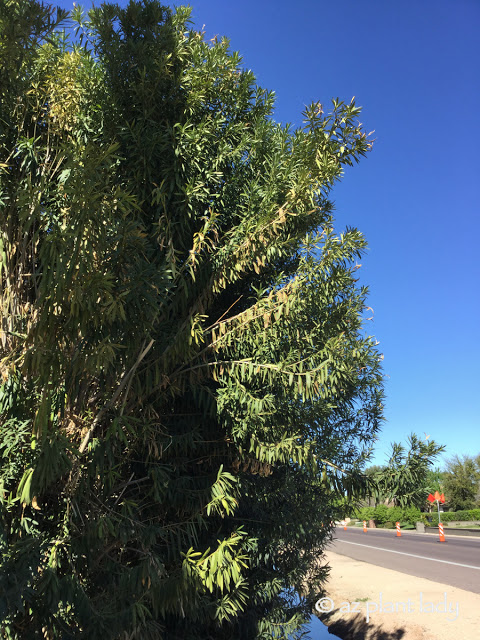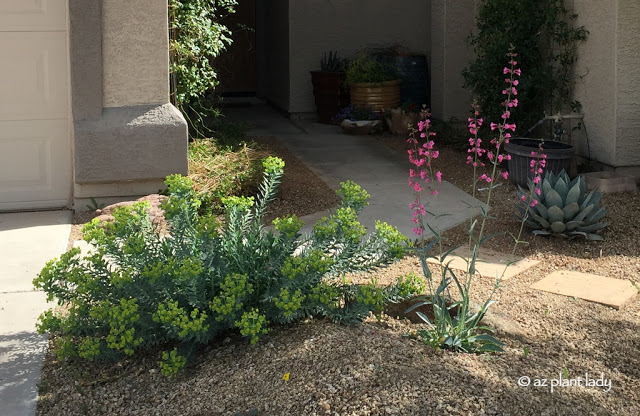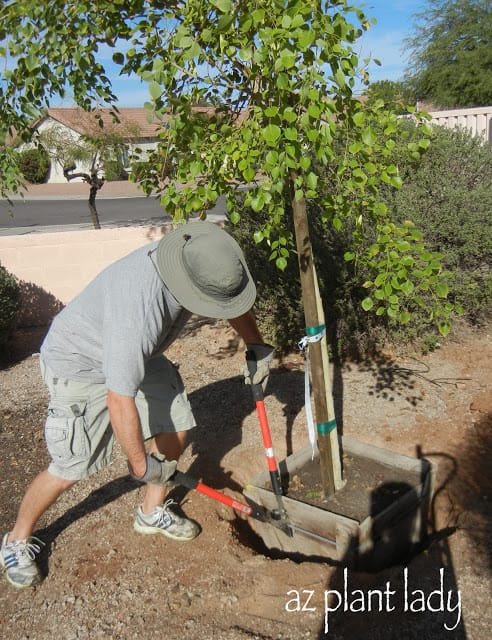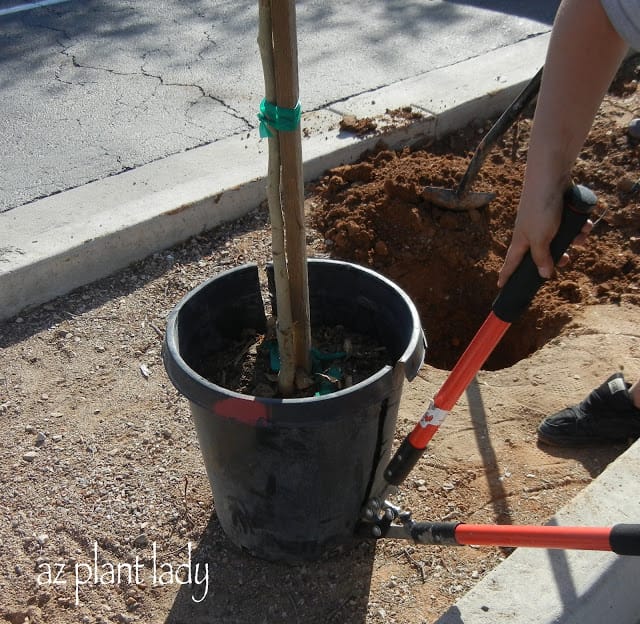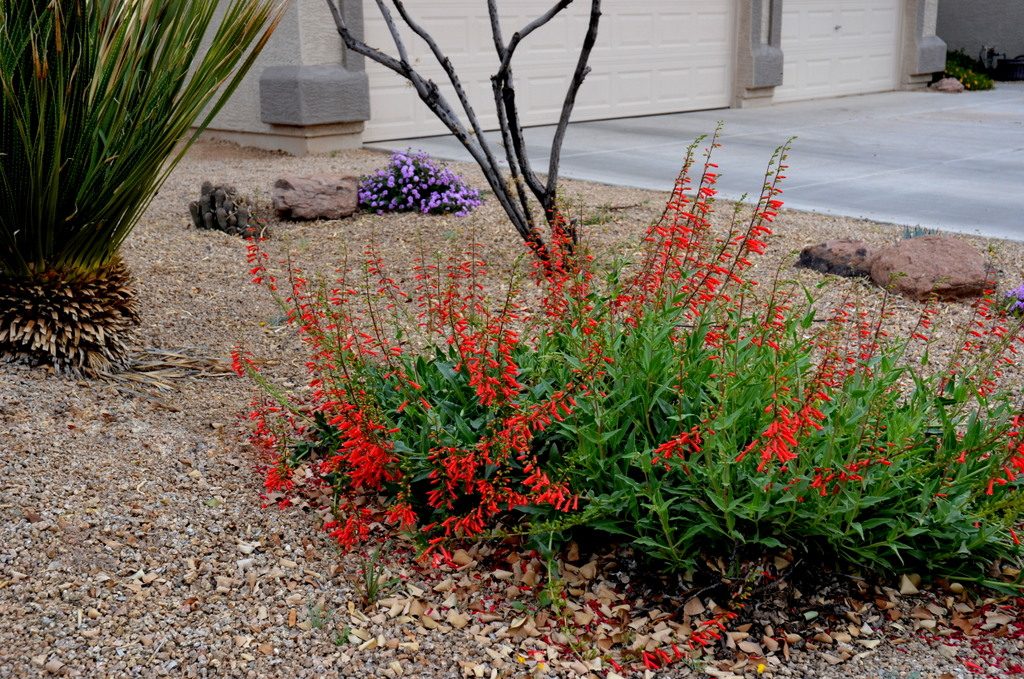
A ‘Painted Lady’ butterfly drinking nectar from a lantana.
Learning from Mistakes in the Garden: A Green Thumb’s Journey
Embracing the Reality of Gardening
Do you know someone who has a green thumb? Usually, it’s someone with a beautiful garden that stands out among their neighbors with thriving plants that flourish.
While you may think people with green thumbs are born and not made, I’ll let you in on a BIG secret – behind every green thumb is a trail of many dead plants.
Behind the Scenes of a Green Thumb
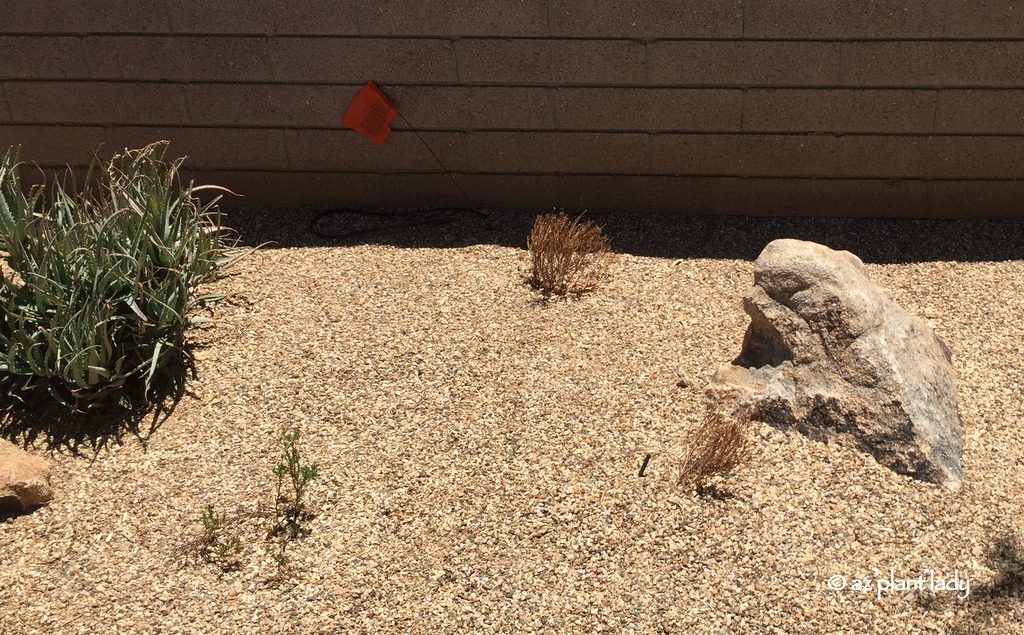
It’s true. There isn’t a single experienced gardener who has never had a plant die in their garden. Of course, someone with a green thumb may be hesitant to reveal this fact, and you may not notice because dead or failing plants are usually pulled out before people notice.
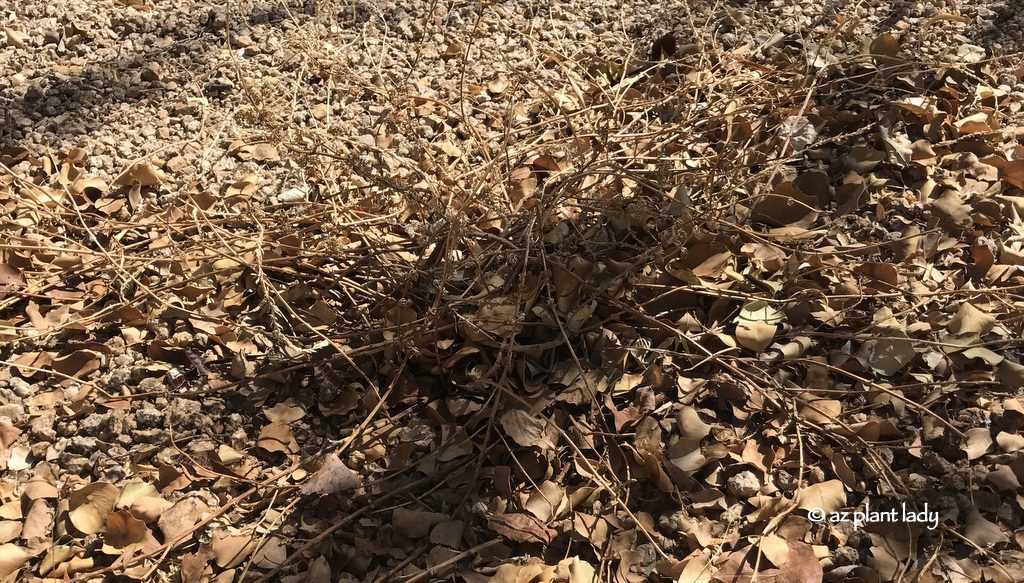
I’m not exempt from this either – I’ve had many plants die on my watch.
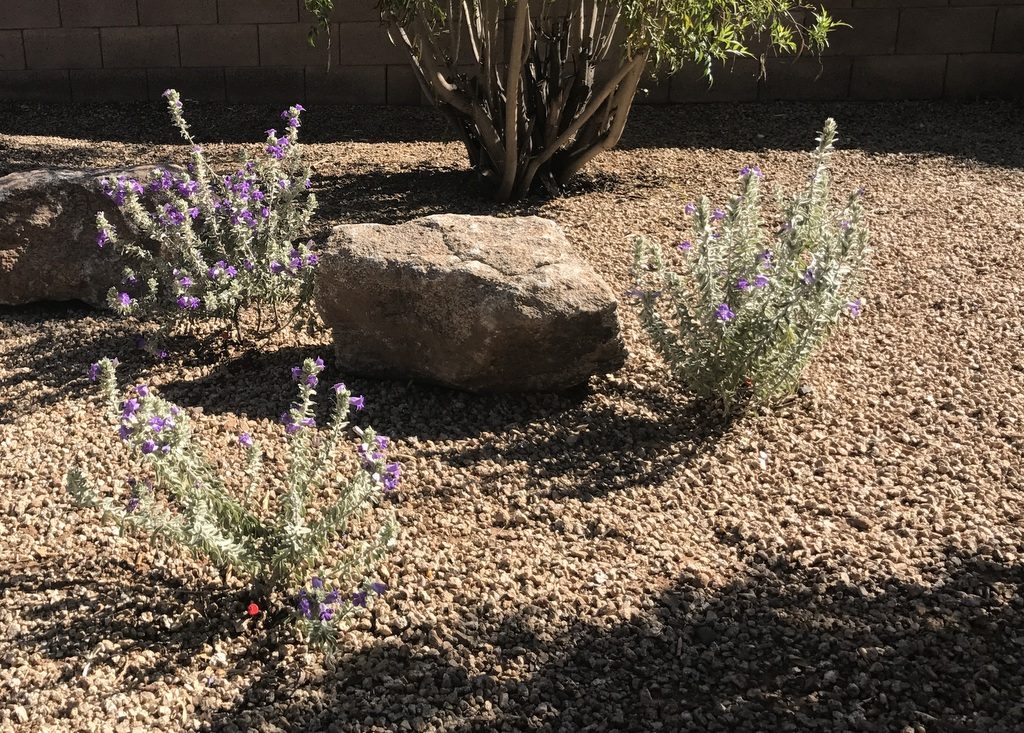
Newly planted ‘Blue Bell’ (Eremophila hygrophana) shrubs
Factors That Affect Plant Health and Your Green Thumb
Believe it or not, the fact that plants die in your garden helps you to become better at growing them. While your first inclination may be to get frustrated about the loss of a plant, look at it as a gardening lesson instead.
“Every dead plant is an opportunity to learn about what went wrong and how to avoid it in the future and become a better gardener in the process.”
There are several factors that can affect whether or not a plant does well. These include the following:
1. Climate Adaptation
Is it well-adapted to your climate?
2. Proper Exposure
Was it planted in the right exposure (sun, filtered sun, or shade)?
3. Irrigation Needs
Did it receive the proper amount of irrigation?
4. Maintenance Practices
Was it maintained correctly (pruning, fertilizing)?
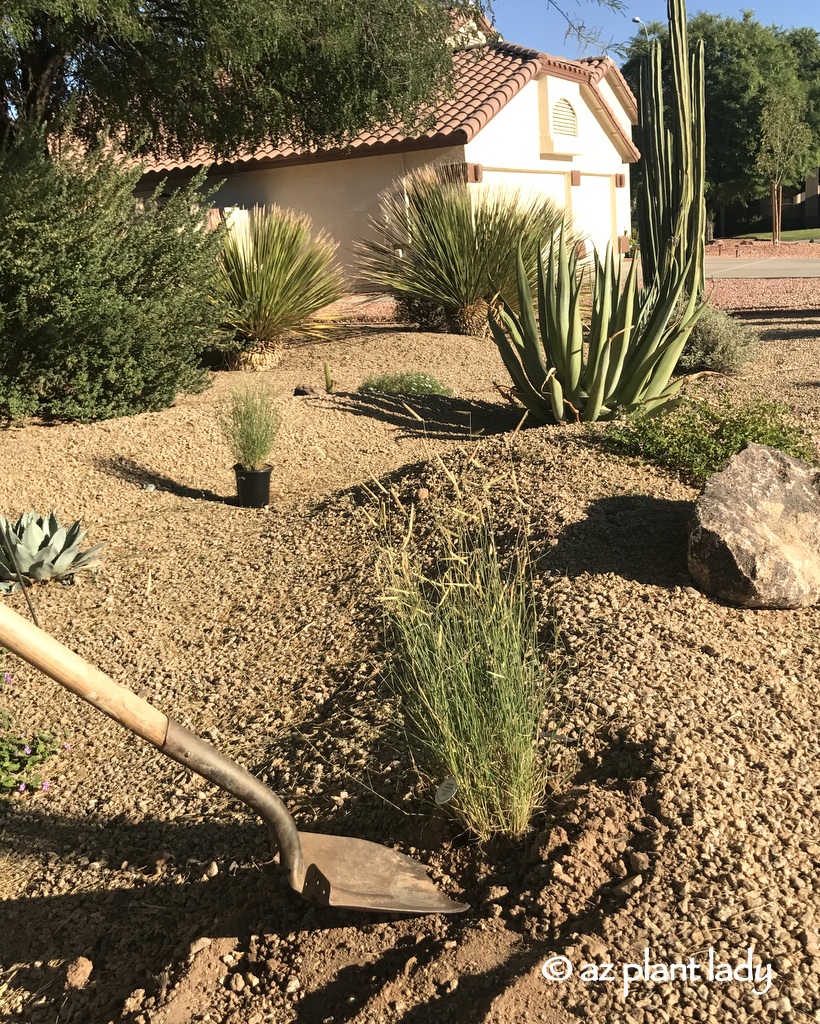
New ‘Blonde Ambition’ (Bouteloua gracilis)
Green Thumb Research and Experimentation
Researching plants before purchasing them will help you to avoid potential problems. But often the best way to learn how a plant will do is to grow them yourself.
Of course, it’s never a good idea to put a shade-loving plant in full sun, or vice versa as you’ll probably be replacing it soon.
As a horticulturist, I experiment in my garden with newer plants that have come onto the market. Several years ago, I planted several ‘Blonde Ambition’ (Bouteloua gracilis) grasses. I had heard a few different tips about how to grow them and the best exposure – one says that filtered sun is a must while another person says it can handle full sun. So, I am trying them out in my front yard to see for myself where they will receive filtered shade until the afternoon when they will be blasted by the sun. UPDATE – they do best in full sun 🙂
*One fun bonus of being a horticulturist is that growers often send plants for free so I can try them and give them feedback about how they grow in a low-desert garden.
The Role of Nearby Trees
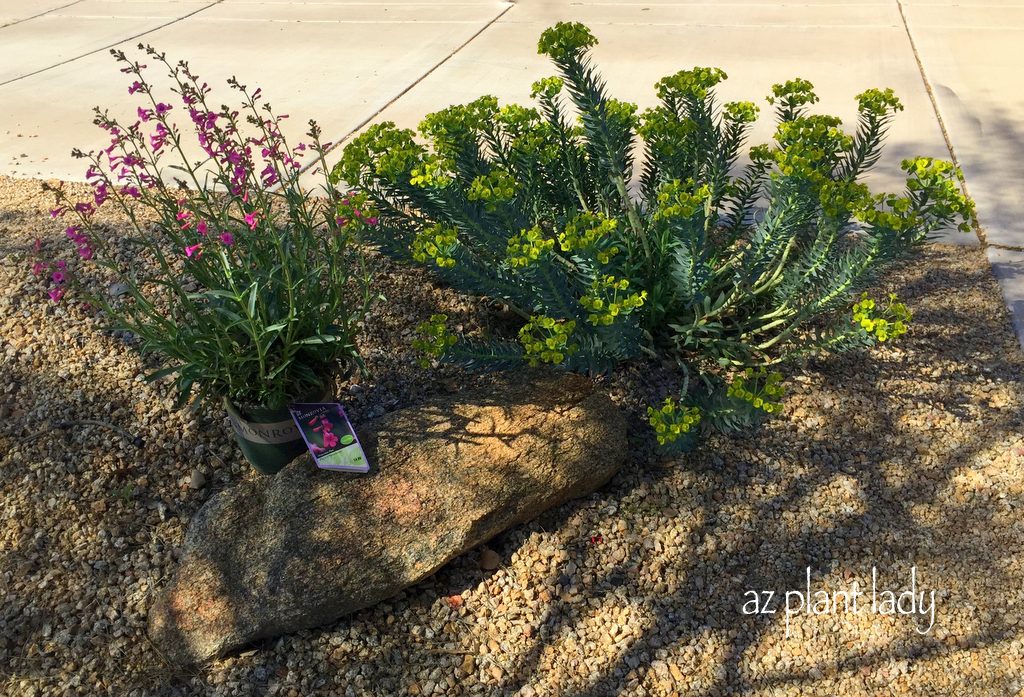
A new Parry’s penstemon (Penstemon parryi) finds a home next to my gopher plant (Euphorbia biglandulosa).
Other things that can affect how new plants will do are nearby plants – specifically trees.
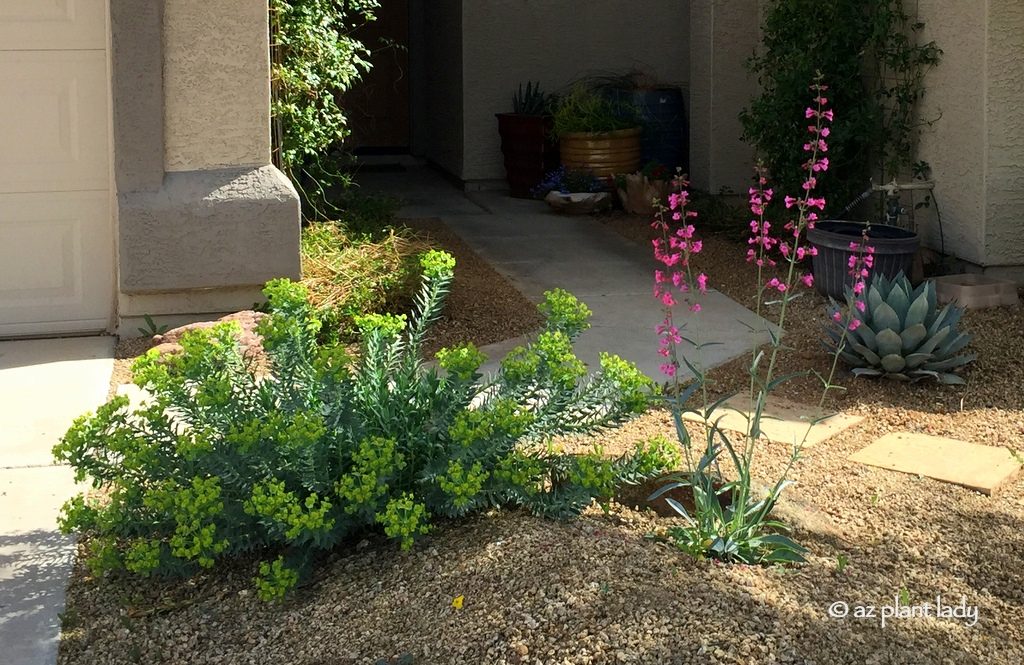
One month later.
A tree that creates dense shade will make it difficult for many flowering plants to do anything but grow foliage at the expense of flowers. However, filtered shade from desert natives such as mesquite and palo verde create an ideal environment for many blooming plants that enjoy a little respite from the full sun.
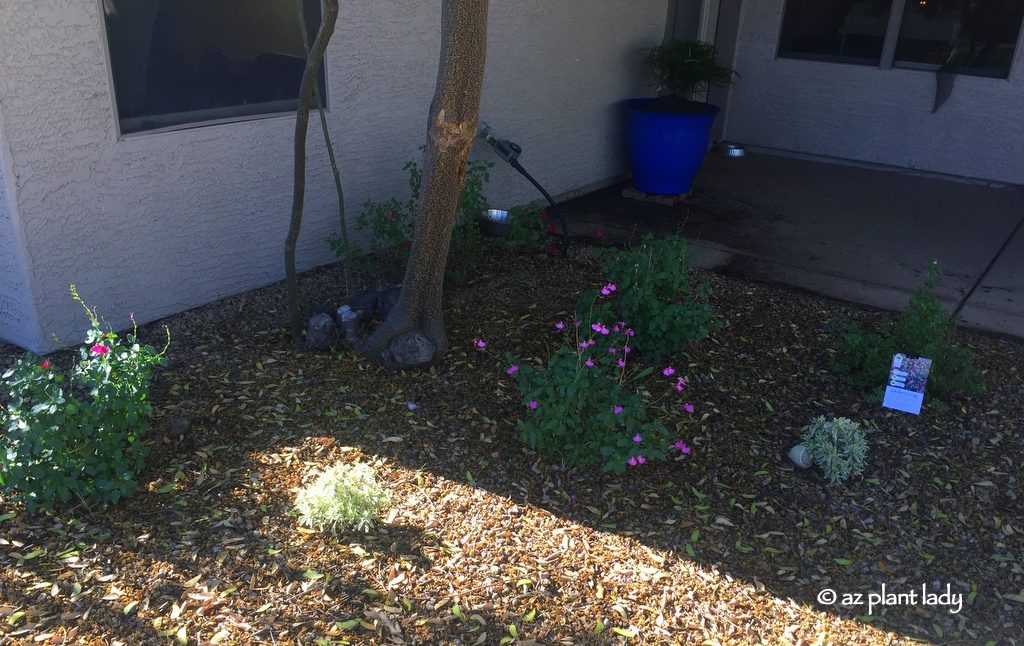
New varieties of autumn sage with the brand new lavender ‘Meerlo’.
Unpredictable Nature of Gardening
Sometimes, there isn’t much information available on new plant introductions and how they will do in an area with extreme weather such as our hot, dry one. In this area, a grower sent me plants to see how they would fare in a low desert garden. From past experience, I knew that salvia would need some shade, but the lavender was a mystery. I’ve seen some other species of lavender doing well in full sun while others doing well in filtered shade.
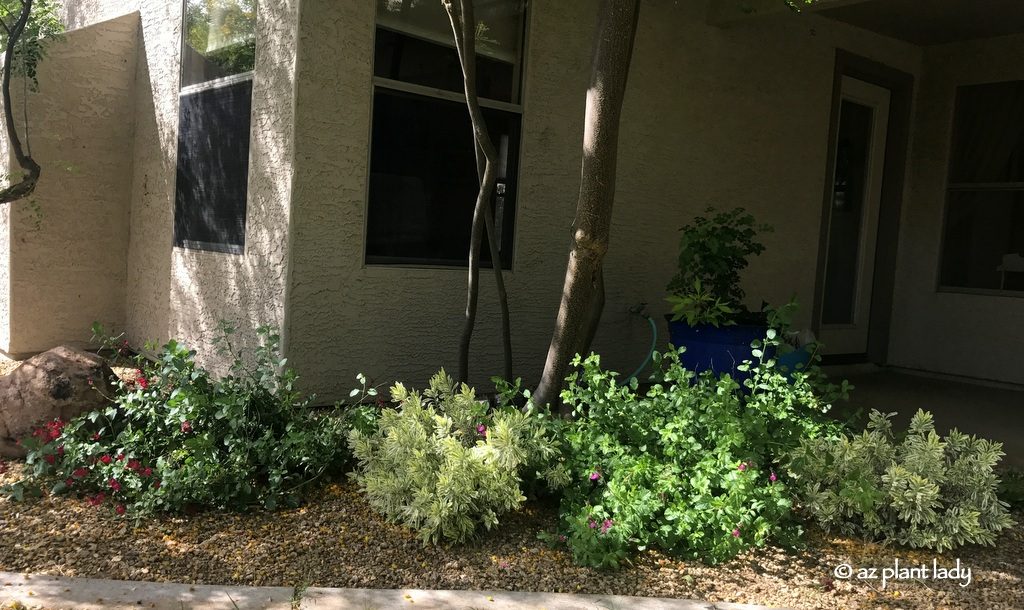
As you can see, the ‘Meerlo’ lavender did very well in my zone 9 garden even though the actual information on the plant tag states that it does best in zone 8 and below.
Green Thumb Lessons
This is a lesson that I could have only learned by trying out this plant in my garden. While it could have died, it didn’t and I’ve learned from the experience, which adds to my overall garden knowledge.
So, the next time you find a dead plant in your garden, see if you can figure out why it died and learn from it. Sometimes plants die when they should be thriving for no apparent reason. Nature isn’t always predictable and sometimes you may have no answers, but you’ll be surprised at what you can learn, and before you know it, your thumb may slowly turn ‘green’.
Fuss-Free Plants for Fall Planting






